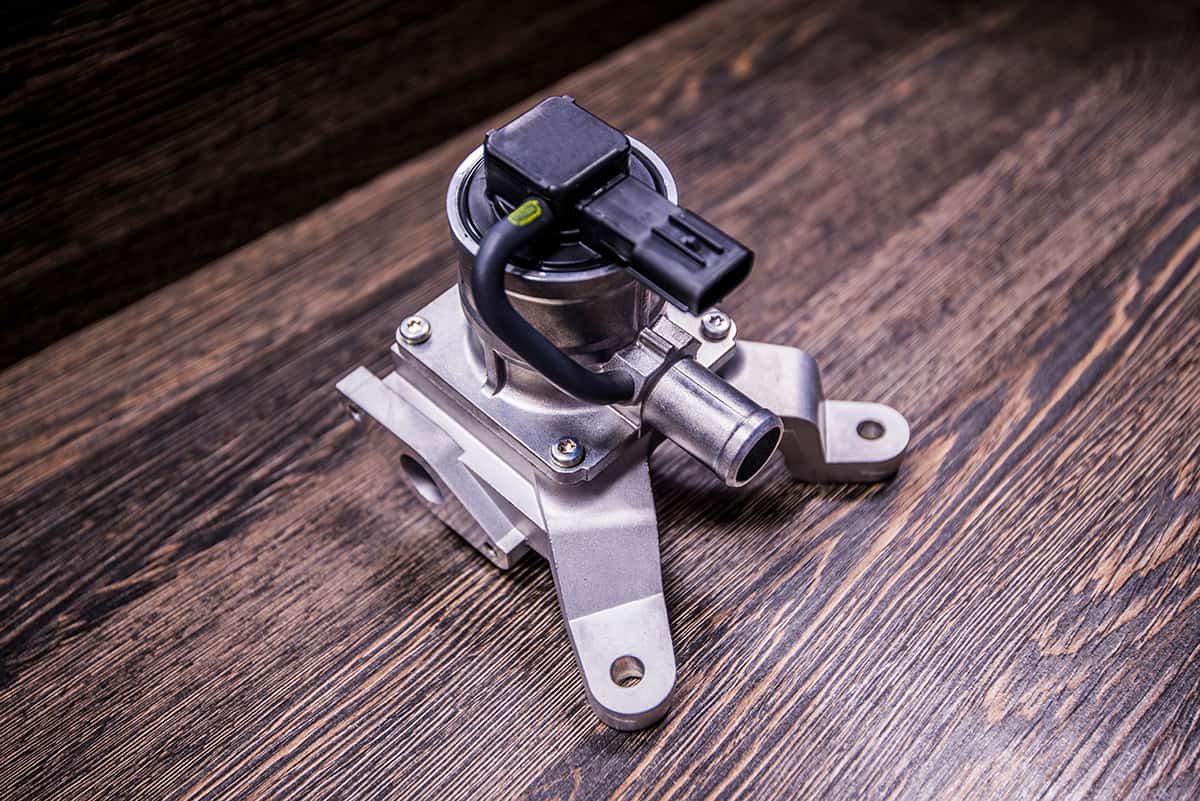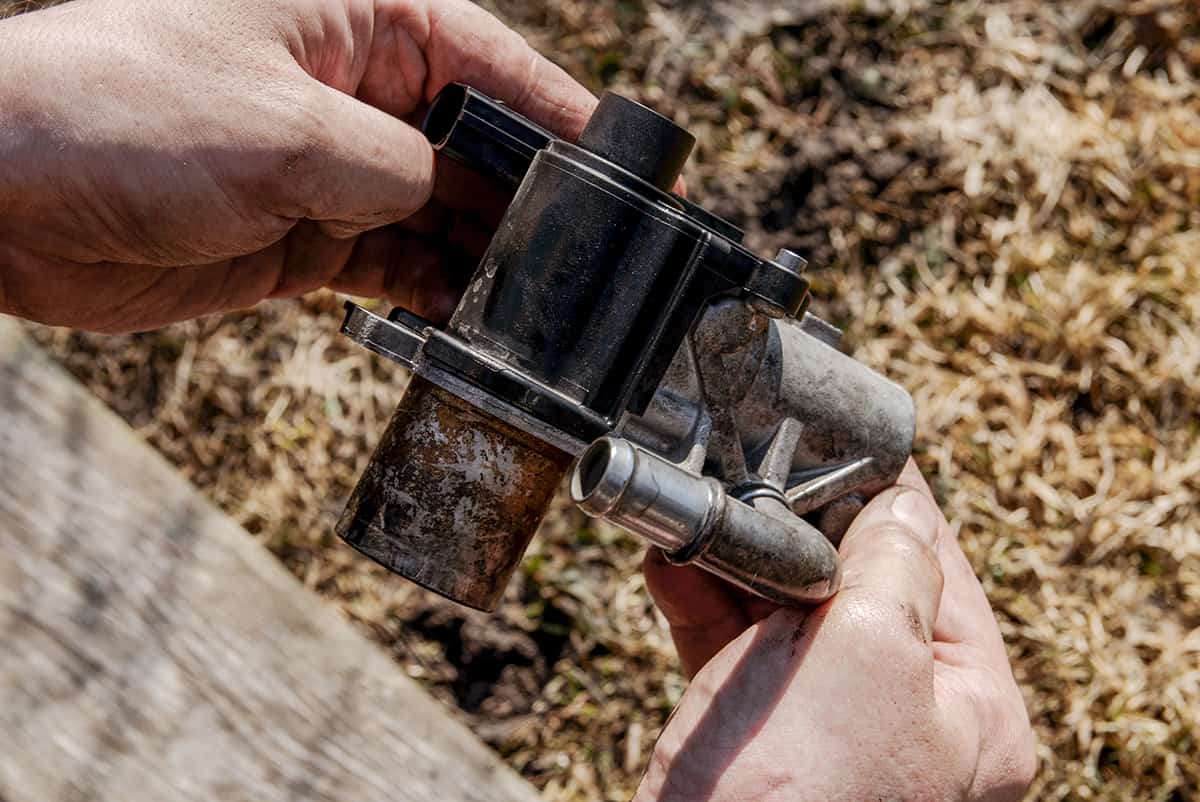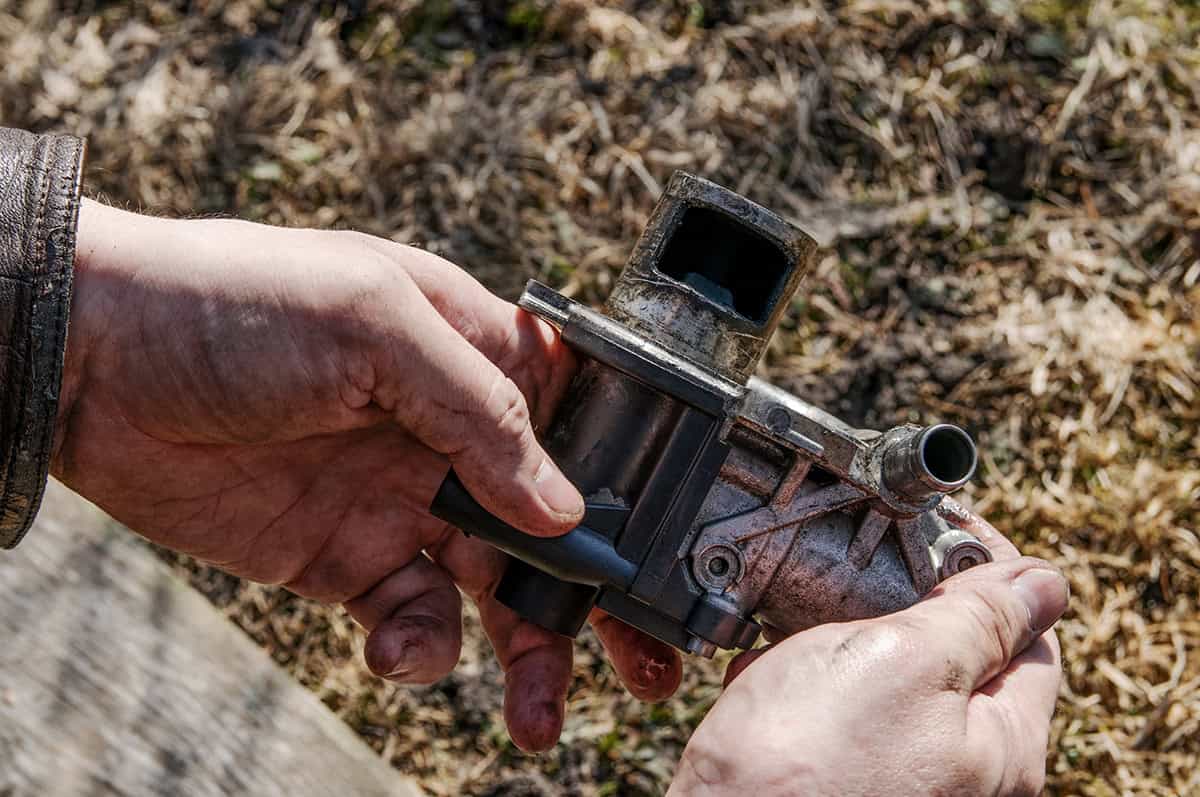The Exhaust Gas Recirculation (EGR) valve plays a role in maintaining your car’s engine performance and reducing harmful emissions. It’s a component that doesn’t often come to mind when considering vehicle maintenance, yet its failure can result in serious engine issues, potentially escalating costs, and even environmental damage.
The signs of a failing or faulty EGR valve can be subtle but critical to identify. These symptoms may include:
- Reduced engine performance
- Unusual engine noises
- Activation of the check engine light
- Failed emissions test
This article will comprehensively discuss the EGR valve—its function, failure symptoms, troubleshooting steps, and DIY repairs.
What is an EGR Valve?

An EGR Valve, or Exhaust Gas Recirculation valve, is a vital part of your car’s emission control system. Designed to reduce the amount of nitrogen oxides (NOx) produced by your engine, it has significant implications for your car’s performance and environmental impact.
The EGR valve operates under a simple principle: cool the combustion process to reduce harmful emissions. By recirculating a small amount of exhaust gases back into the engine’s combustion chambers, the EGR valve effectively reduces the engine’s operating temperature.
At high temperatures, the nitrogen present in the air reacts with oxygen, forming nitrogen oxides. By reducing the combustion temperature, the EGR valve prevents this reaction, thereby decreasing NOx emissions.
The EGR valve is an intricate piece of engineering equipped with a vacuum and diaphragm. Under normal operation, the diaphragm remains closed, restricting the flow of exhaust gases. However, when the engine reaches optimal operating temperature and load, the valve opens, allowing a controlled amount of exhaust gases to recirculate.
Identifying a Failing or Faulty EGR Valve
When the EGR valve starts to fail or malfunction, it can manifest several noticeable symptoms. Identifying these signs early can save you from extensive engine damage and costly repairs.
1. Reduced Engine Performance
The first symptom you might notice is reduced engine performance. As the EGR valve fails, it can cause engine hesitation, rough idling, or even stalling, especially when accelerating or under load. This happens because the valve is either not opening or not closing properly, leading to incorrect combustion conditions in your engine.
2. Unusual Engine Noises
A faulty EGR valve may result in unusual engine noises. This is typically due to the valve remaining open when it shouldn’t, causing pre-ignition or detonation (a form of abnormal combustion). This can lead to knocking or pinging sounds from your engine, especially during acceleration.
3. Check Engine Light Activation
Your vehicle’s on-board diagnostic (OBD) system continually monitors various engine parameters, including the operation of the EGR valve. If it detects a problem with the EGR system, it will trigger the check engine light on your dashboard.
However, keep in mind that this light could indicate various issues, not just a faulty EGR valve, and further diagnostic steps are necessary to confirm the source of the problem.
4. Failed Emissions Test
Since the primary role of the EGR valve is to reduce NOx emissions, a failing valve can lead to increased emissions. This might result in a failed emissions test, a clear sign that your EGR system needs attention.
Diagnosing a Failing EGR Valve

While the symptoms above may indicate your EGR valve is in trouble, they could also be signs of other common car problems. So, you should perform specific checks to confirm if the EGR valve is indeed the culprit and what your options are for fixing it.
1. Visual Inspection
Start by locating the EGR valve in your engine bay. It’s usually found on the top or side of the engine. Refer to your vehicle’s manual if you have trouble finding it. Once you’ve located the valve, check for any signs of physical damage, such as cracks or corrosion. Also, check the vacuum lines and electrical connections for any signs of wear or damage.
2. Check for Carbon Build-Up
Carbon build-up is a common issue that can cause EGR valve failure. If the valve is stuck open or closed due to carbon deposits, it can lead to various engine performance issues. You can check for carbon build-up by removing the valve and inspecting it. Remember, this step may be complex for certain vehicle models and might require professional help.
Repair and Replacement Options for a Failing EGR Valve
If your EGR valve is confirmed to be faulty and beyond a simple clean-up job, you’re looking at either repair or replacement. The right choice depends on the exact problem with your valve and the type of vehicle you have.
Unclogging a Dirty EGR Valve
Once you’ve confirmed that a clogged EGR valve is causing your problem, you can try cleaning it before considering replacement.
- Removal: First, ensure the engine is cool. Then, locate the EGR valve and disconnect any electrical connections or vacuum lines. Using a wrench, carefully remove the bolts securing the EGR valve to the engine and remove the valve.
- Cleaning: Clean the EGR valve using a non-abrasive cloth and a suitable cleaning solvent. Spray the solvent onto the cloth and clean the valve’s surface thoroughly, focusing on areas with heavy carbon build-up.
- Reinstallation: After the valve is clean and dry, replace it by reversing the removal process. Reconnect the vacuum lines and electrical connections, ensuring they’re secured.
EGR Valve Repair
Repairs are generally feasible when the EGR valve’s failure is due to minor issues, like a stuck valve due to carbon build-up. Some other problems, like a torn diaphragm in a vacuum-controlled EGR valve or a malfunctioning solenoid in an electrically controlled valve, can also be fixed.
EGR Valve Replacement
When repairs are impractical or not possible, the best solution is to replace the faulty EGR valve. This could be due to severe carbon build-up that can’t be cleaned, mechanical damage, or irreversible problems with the electrical components of the valve.
Replacement involves removing the old EGR valve and installing a new one. The procedure varies depending on your vehicle’s make and model and the type of EGR valve it uses. Here is a general guide based on Scotty Kilmer’s video tutorial on this subject.
Purchasing a New EGR Valve
When buying a new EGR valve, ensure it’s compatible with your vehicle. It’s usually best to opt for original equipment manufacturer (OEM) parts for guaranteed compatibility and reliability.
DIY Replacement Procedure
To replace the EGR valve yourself, start by ensuring the engine is cool. Next, locate the valve, disconnect any vacuum lines and electrical connections, and remove the valve using a wrench. Be careful not to damage any surrounding components during the process.
Once removed, clean the mounting area on the engine to ensure a good seal with the new valve. Then, install the new EGR valve, reconnect the vacuum lines and electrical connections, and secure it in place.
Professional Repair and Replacement Services
Keep in mind while this process may sound simple, it can be challenging depending on the vehicle’s design and the type of EGR valve. If you’re not comfortable doing this yourself, it’s best to hire a professional mechanic.
Professional mechanics have the tools and experience to diagnose, repair, or replace an EGR valve efficiently. They can also handle complex tasks, like programming an electronically-controlled EGR valve after installation.
Remember, while professional services come at a cost, they can save you money in the long run by preventing further engine damage due to a faulty EGR valve.






